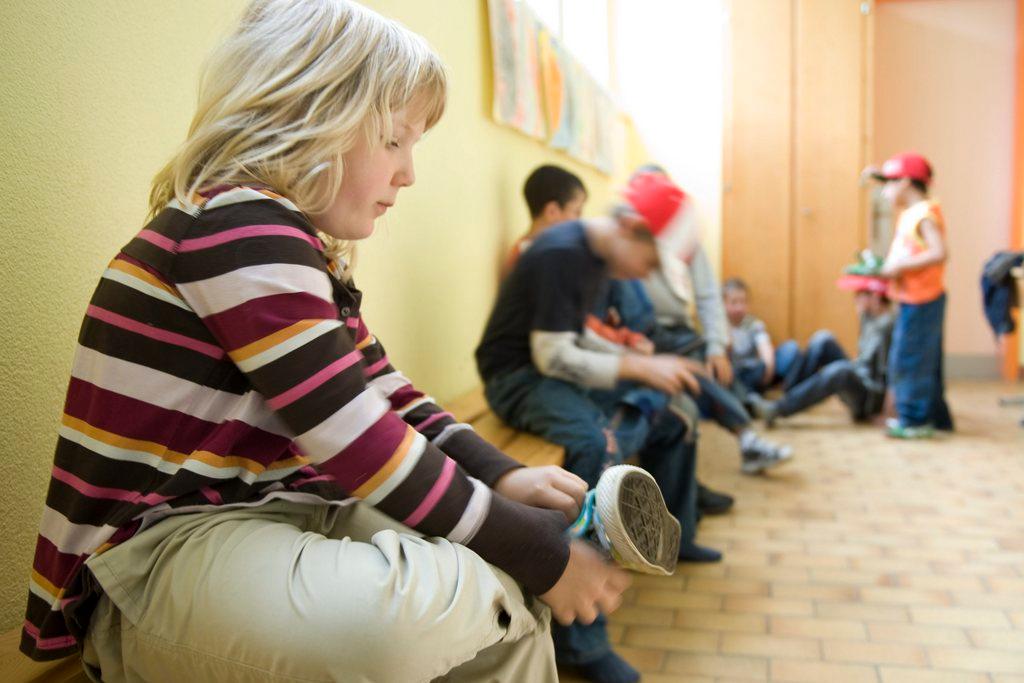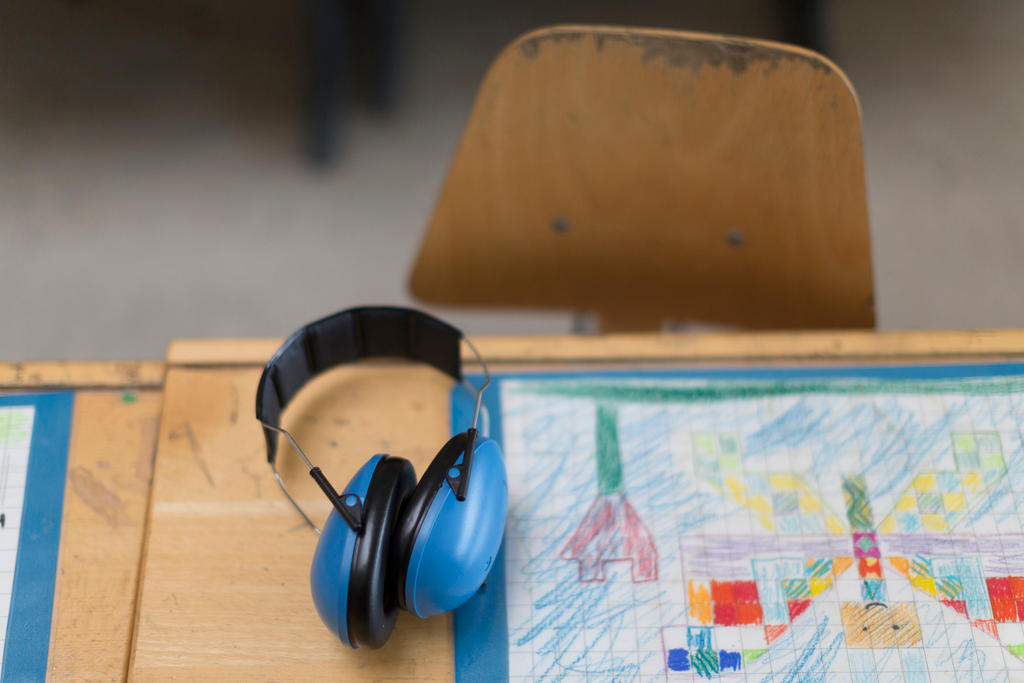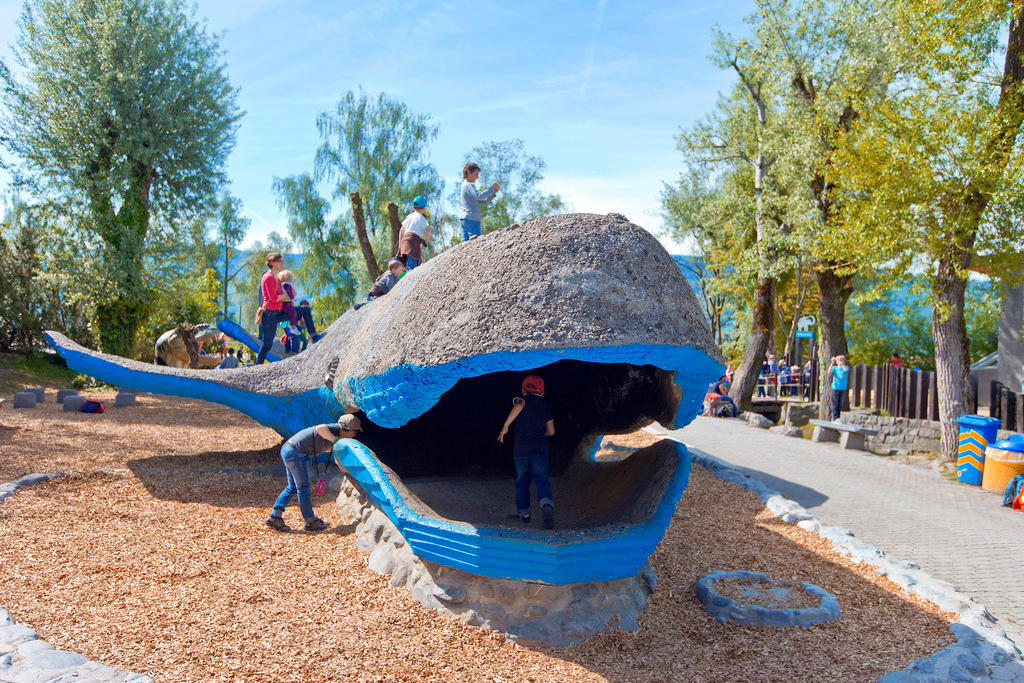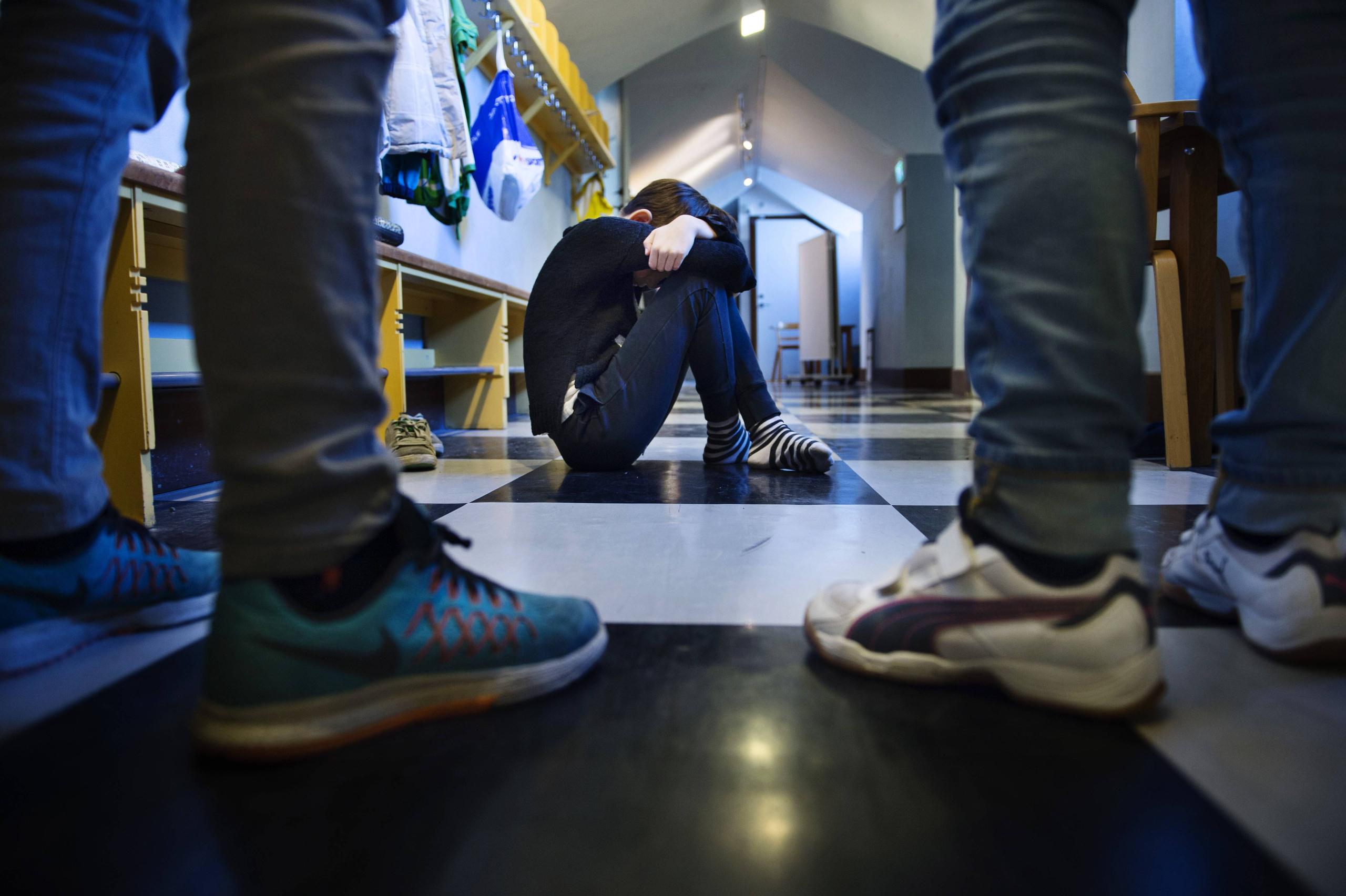Ostracism: not just shutting people out

Excluding others is not always a disciplinary act; rather, it can be an unintentional side-effect of learning how to choose partners for social interactions. There are lessons for school children and teachers, Zurich researchers say.
We have all experienced it: not being allowed to play with fellow pupils during the school break; not being picked for a team by your peers during sports class. It can be a humbling, humiliating feeling.
Until now, ostracism, or social exclusion within a group, was thought to be a tool for disciplining disagreeable, awkward or freeloading members with the group, and for promoting cooperation. But experts say ostracism can develop in situations in which there is no need to punish others, with victims appearing to have been selected at random. Ostracisers themselves can also be oblivious about their behaviour when asked about it, stressing it was not their intention.
This prompted two researchers, Björn Lindström and Philippe Tobler, from the Department of Economics at the University of Zurich, to look at the issue in more detail. They wondered: What if ostracism develops more incidentally than previously assumed?
Through a series of experiments, the researchers were able to confirm that social exclusion was not always a tool to discipline others, but could also be unintended side-effect of group dynamics. The results are published in the latest edition of Nature Human BehaviourExternal link.
School cliques
Lindström and Tobler found that if a first random grouping in a social situation worked out well, people tended to repeat it. This meant, however, that others were excluded from the group and incidentally shut out.
“The tendency to repeat what previously worked out well is a basic aspect of human psychology, which means that we stick to satisfactory groupings,” said Lindström in a University of Zurich statementExternal link.
“Cliques, e.g. of classmates, that exist at the beginning of the school year are usually still the same at the end of the year,” he said.
This also applies at work. “It sometimes takes us years to realise that a person a few offices further down the hall is actually a great guy. He simply wasn’t part of one our first few interactions and then fell off our radar,” Lindström added.
What can be done
A further experiment showed that the same mechanisms that lead to ostracism could also be used to reduce it, which is particularly important for people involved in group organisation and dynamics, like teachers.
+ When behaviour is more extreme: read our report into bullying at schools
“Teachers may be able to reduce ostracism in their classes by making sure that children experience one-to-one pairings with specific classmates early on, so as to learn about others through interacting with them,” said Tobler.
For adults worried about their next networking event, initial positive interaction is key. “It could be worth making the first move and breaking the ice,” said Tobler. “Then the rest of the event will probably go much more smoothly.”

In compliance with the JTI standards
More: SWI swissinfo.ch certified by the Journalism Trust Initiative




You can find an overview of ongoing debates with our journalists here. Please join us!
If you want to start a conversation about a topic raised in this article or want to report factual errors, email us at english@swissinfo.ch.